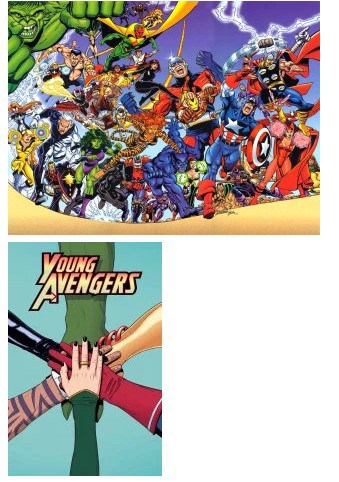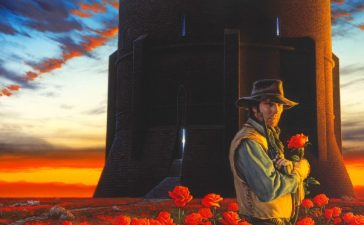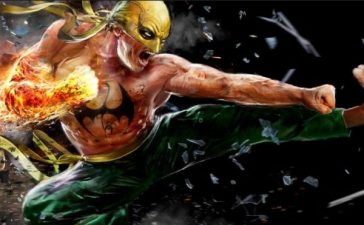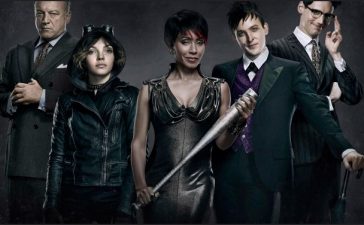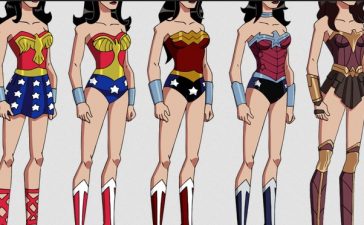
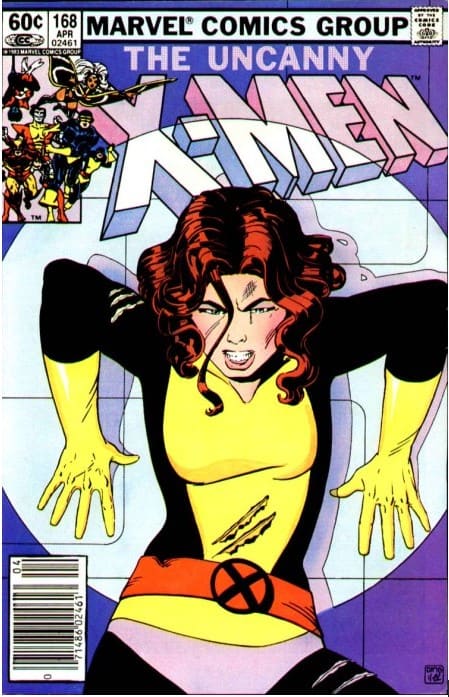
Once the home of the freaks, loners, and outsiders, Marvel traded that for billion dollar movies and lucrative deals with the Mouse House. Marvel is mainstream now, and they’ve left their roots behind…
Marvel had been around in the early 1940’s, same as DC. Unlike them, their heroes didn’t have the instant success that Batman and Superman did. Namor and (the original) Human Torch were a bit too out there for the time. DC reigned for a good couple of decades, until the 1960’s when Stan Lee was about to give up on the comics business for its creative stifling.

With artists Steve Ditko and Jack Kirby, Lee created heroes that took things a huge step forward, more than DC would’ve dreamed of. Characters like Spider-Man and the Fantastic Four, who were young and traumatized, or a dysfunctional nuclear family without secret identities. They were instant successes, and led to more titles that were starring heroes who weren’t perfect. A blind lawyer with chronic Catholic guilt, a crippled man who could become a god and a man whose anger could destroy armies. Not all of them were runaway hits, Iron Man came at a time when an rich arms dealer with PTSD wasn’t what people were looking for and the X-Men failed pretty quick as an allegory for racism starring only white people. Once creators came along who saw the potential to really explore that allegory, and made the cast more diverse ethnically (and visually), the X-Men would be on a meteoric rise.
DC’s heroes were products of a different era; optimistic, born from good families, maybe had a quirk or two. The fastest man alive is always late, the man who could conquer fear can’t settle down. Teenage angst couldn’t exist in the DCU but Marvel had it in spades. Marvel spoke to the youth of the 1960’s, one of the most tumultuous times in modern history with social rebellion, racial strife and the sexual revolution. What was ironic was the minds behind Marvel’s creations weren’t much younger than DC’s talent, but they were tapping into what teens and college students were feeling and they were eating it up. Perfect example, Marvel made Doctor Strange the perfect book to read on acid trips with crazy colors and psychedelic visuals. In many ways, Marvel was part of the counter culture movement.
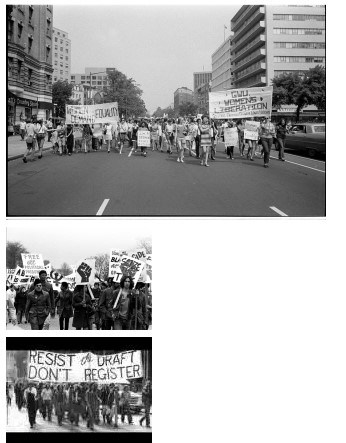
Counter Culture is basically an umbrella term for groups that have separate interests from the mainstream and often each other. Neo-Nazis are counter-culture, as are the Tea Party and some theories of feminism. There’s very little overlap in the groups themselves except that they don’t subscribe to what the mainstream thinks and believes. The flower children, punks and conscientious objectors of the 1960s fit into this category and more often than not, Marvel was extrapolating their fears of war, nuclear power and tension of the old vs new while at the same time working with the tropes of the superhero genre.
Gradually, as Marvel became the dominant publisher and by extension more successful, it lost some of it’s counter culture roots. Marvel hit the mainstream and pretty soon anything CCM was in the background. Female empowerment in Chris Clairemont’s Dark Phoenix Saga was cut short, the rape of Carol Danvers got a short moment of memorial in Warren Ellis’ Avengers. Northstar’s coming out as the first gay X-Men character was undermined by him dying a few too many times over the years.
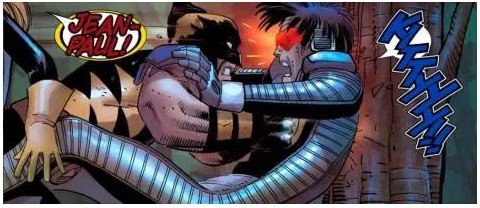
Marvel used to publish books about characters who sold their souls to the devil, or were born black and half a vampire, guys who were “monsters”. Marvel used to be about the outsider, but that changed around the time that Disney bought the company and their Cinematic Universe got underway. Now everyone is an Avenger, everyone works with SHIELD, everybody acts like a rockstar or a hipster.
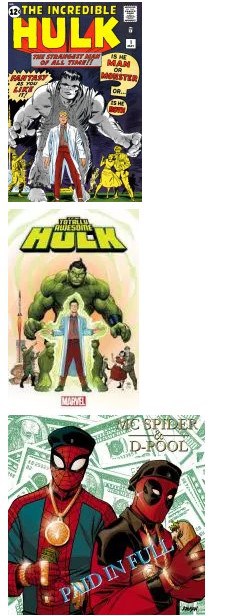
Nowhere is this more evident than with the shifts in Status Quo for the X-Men and the Inhumans. X-Men started out as a metaphor for racial intolerance but moved on to encompass hate for LGBT+ people, even the movies strongly suggested it before they became bored with the story they were telling. The Inhumans were a group created in Lee and Kirby’s Fantastic Four run who were a sect of Homo Sapiens modified by the Kree. The Inhumans were never A or B list characters, they were happily removed from most of the conflicts on Earth because like Wakandaians, they favored isolation against outsiders. They were this weird society with their own culture, often only playing a part with the FF or cosmic stories far from Earth. That’s the role they’ve had for years, and it made sense whether or not readers care about them all that much because of it.
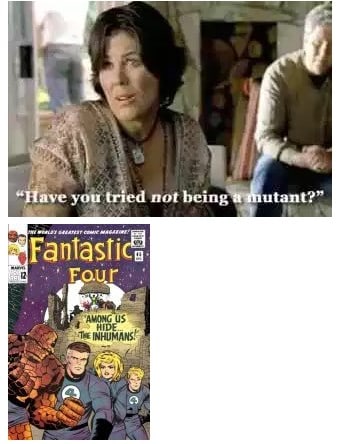
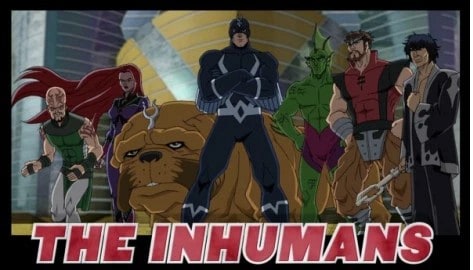
Now for some reason, the Inhumans have different off-shoots across the planet and a certain percentage of people undergo Terrigenesis (the process by which Inhumans gain their superhuman abilities), they’re working with SHIELD to track them down in exchange for help in missions and there’s like four Inhuman books. Meanwhile the X-Men seem more closed off from the 616 Universe than they have in years. Rumors fly that this is because Marvel owns the film/TV rights to the Inhuman, and so they want to capitalize on those rights to expand the MCU. Any indication that Marvel is pushing X-Men to the background is thought to be connected to this. Regardless, Marvel is pushing the Inhumans hard despite a lack of reader interest or narrative foundation for their new status quo.
The Inhumans aren’t meant to be this mutant surrogate nonsense, but that appears to be their path until the movie either gets made or gets scrapped.
Once something becomes part of the mainstream, it stops being counter to it. After the 60’s and Marvel rose to the top of the sales charts, it was impossible for them to still be counter culture. The kids reading them grew up, got jobs, had kids themselves and became part of the society they had focused so much anger at. Marvel’s influence stayed with them and has only grown. For all their faults, the creators of these characters developed them in such a way that they feel as modern as ever sans the radioactive obsession. Teen Angst is cyclical, every generation goes through it. This means the Marvel outlook will always have an easy in to the youth’s heart, personifying their feelings of rebellion. It’s just odd to see that the Marvel I knew move themselves and their Universe to a philosophy of working in an army and with the authorities instead of questioning it. Marvel’s cool factor isn’t dependent on being the outsider or the new kid on the block, but as much presence as they can have on TV screens.
Business is business, and maybe Marvel’s roots in being the outsider are better left in the past for a new generation to take up.
